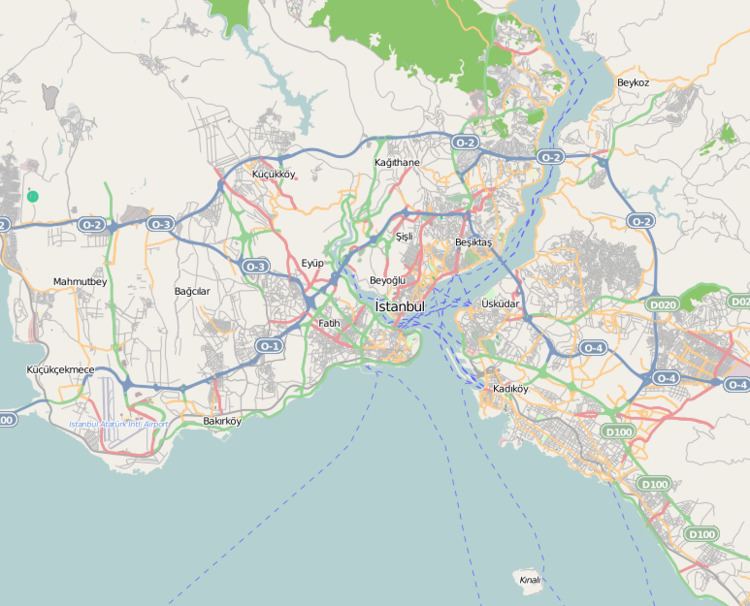Type Technology President Rahmi M. Koç Founded 13 December 1994 | Director Ertuğrul Duru Phone +90 212 369 66 00 | |
 | ||
Established December 13, 1994; 22 years ago (1994-12-13) Address Keçeci Piri Mahallesi, Rahmi M Koç Museum Hasköy Cad. No:5, 34445 Beyoğlu/İstanbul, Turkey Hours Open today · 10AM–5PMThursday10AM–5PMFriday10AM–5PMSaturday10AM–6PMSunday10AM–6PMMondayClosedTuesday10AM–5PMWednesday10AM–5PMSuggest an edit Similar Miniatürk, Sakıp Sabancı Museum, Istanbul Modern Art Museum, Golden Horn, Sadberk Hanım Museum | ||
Rahmi m ko m zesi rahmi m ko museum istanbul turkey
The Rahmi M. Koç Museum is a private industrial museum in Istanbul, Turkey dedicated to history of transport, industry and communications. Rahmi M. Koç, member of the wealthiest dynasty in Turkey and retired boss of the Koç Group, founded the museum in 1991, which was opened on December 13, 1994. The museum is located in the suburb of Hasköy on the north shore of the Golden Horn and situated in two historical buildings connected to each other. It is open to public every day except Monday. The museum's general manager is Ertuğrul Duru.
Contents
- Rahmi m ko m zesi rahmi m ko museum istanbul turkey
- History
- Permanent exhibitions
- Temporary exhibitions
- References
A sister museum, but smaller in size, the Çengelhan Rahmi M. Koç Museum opened its doors to the residents of Ankara in 2005.
History
A visit of Rahmi Koç to the Henry Ford Museum in Dearborn, Michigan, United States inspired him to create this museum. The Koç Foundation bought the first museum building in 1991, which was left derelict and seriously damaged after a roof fire in 1984. This building (in Turkish: Lengerhane), was initially used for casting anchors and chains for the Ottoman navy, during the rule of Ahmet III (1703–1730). It was restored during the reign of Selim III (1789–1807) before passing into the ownership of Ministry of Finance in the Ottoman Empire. During the Republican era, the State Monopoly and Tobacco Co. then used the building as a warehouse until 1951. The Koç Foundation spent two and half years for the restoration work of this class II historical monument.
In July 2001, the museum opened a new building to improve the display of its collection of industrial and scientific artifacts. This new section was a disused historical dockyard, founded in 1861 by the former Ottoman Maritime Company (Şirket-i Hayriye) for the maintenance and repair of its own ships. The Koç Foundation bought the building in 1996.
The two buildings are on the same road, on opposite sides: the dockyard part of the complex is on the shores of the Golden Horn. A glass-sided ramp leads down to the basement exhibition area of the Lengerhane.
Permanent exhibitions
Most of the items exhibited in the museum are selected from Rahmi Koç's private collection. Other objects are either borrowed from or donated by various organizations and individuals. Original machines and their replicas, scientific and mechanical items make up the basis of the museum's exhibits.
Models and toys: Hands-on: Cutaway car, aero plane, scientific experiments and cutaway domestic goods.
